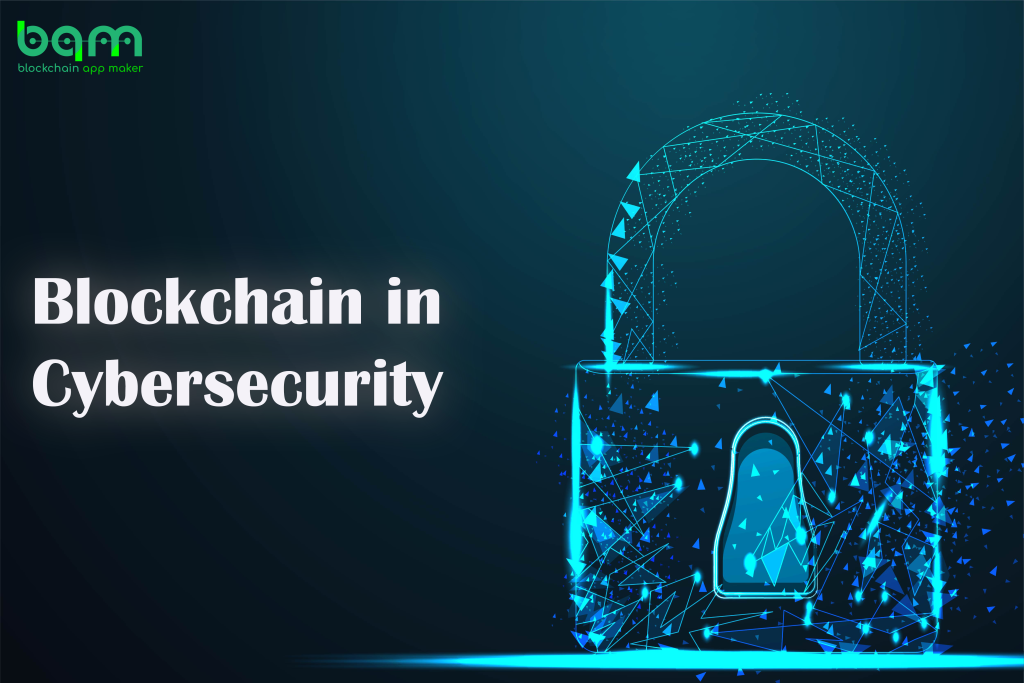
Organizations and Governments rely on technology to collate, analyze, and store personal information as the world advances into the digital realm. As a result, cybercrime has become a pressing problem, ranging from minor infractions to large-scale assaults that affect billions of users — as seen in the Yahoo data breach of 2013, one of the largest data breaches in history with 3.3 billion records compromised. Furthermore, in 2018, roughly one billion records were exposed from the Indian database Aadhar. Cybercrime is a sinister consequence of digitalization.
Blockchain development has gained attention as a potential tool for enhancing cybersecurity. The decentralized and immutable nature of the blockchain provides a secure and transparent way of storing and verifying data, making it an attractive option for securing sensitive information and protecting against cyber attacks.
Types of Cyber Attacks
DoS and DDoS Attacks: Denial-of-service (DoS) and distributed denial-of-service (DDoS) attacks are malicious attempts to overwhelm the system resources, rendering the system unable to respond to legitimate service requests. DDoS attacks involve using a multitude of malware-infected host machines. Machines get controlled by the attacker to prevent the victim site from providing service to those attempting to access it.
MITM Attacks: Man-in-the-middle (MITM) attacks are cybersecurity breach that allows an attacker to intercept the data transmission between two parties. It is aptly named as the attacker is situated between the two communicating entities, thus enabling them to spy on the conversation. Such an attack takes place between two people, networks, or computers.
Ransomware: Organizations, particularly financial institutions, face a heightened risk of attack whereby attackers threaten to deny access to their data unless they receive a ransom. Such an attack could have a detrimental effect on the security of customer data and should be taken seriously.
Cryptojacking: Cryptojacking is a form of unauthorized access associated with cryptocurrency. Here, attackers gain access to another person’s computer to mine cryptocurrency. Cryptojacking is done by infecting a website, manipulating the victim to click on a malicious link, or using online ads with JavaScript code. Victims may be unaware of this activity, as the cryptocurrency mining code works in the background, with delayed execution being the only sign of its presence.
The Role and Utilities of Blockchain Development in Cybersecurity
Preventing Cyber Attacks: Blockchain development can bolster the resilience of a system against attacks, corruption, and downtime. This process can help mitigate a range of vulnerabilities, such as decreased data exposure due to the distribution of information and communication technology networks, redundancy in the event of a DDoS attack through the decentralization of DNSes, and the ability to make security decisions closer to the periphery of a network in an IoT context, by moving operations and administrative controls away from a central hub.
Secured Messages: Blockchain development can be leveraged to facilitate secure communication and messaging. It is possible through encryption of the messages and their storage in a decentralized network, thus making it virtually impossible for unauthorized third parties to intercept or alter the message content.
Identity Management: Blockchain-based identity systems offer a secure and decentralized approach to verifying identities and safeguarding against identity theft. It is because the blockchain stores identity information in an immutable and decentralized fashion, making it virtually impossible for hackers to access the data.
Data Storage and Transmission: A blockchain-based solution can provide secure encryption of data and grant control to the data owner over who can access it, thereby helping to avoid data breaches and ensuring that only those who are authorized can access sensitive information.
Internet of Things (IoT) devices: The widespread adoption of connected devices has created a demand for a secure and decentralized system to manage them. Blockchain development can provide a secure and immutable ledger for data relating to IoT devices and their activities, making it difficult for malicious actors to interfere with either the device or the information it generates.
Payments: Blockchain technology can facilitate secure payment processing. Encrypted and verified transactions along with the payment data storage in an immutable record, can help protect against payment fraud. They ensure that all payments get completed securely and efficiently.
Wrapping Up
It is not possible to guarantee that any cybersecurity system is entirely secure. Today, many organizations are considering a secure cybersecurity solution. The blockchain development process has the potential to deliver this. By deploying Blockchain-powered cybersecurity measures and regulations, organizations can create a more fortified technical infrastructure to fortify themselves from cyber threats. Connect with the blockchain developers of Blockchain App Maker if you want to integrate blockchain for the cybersecurity of your project.


